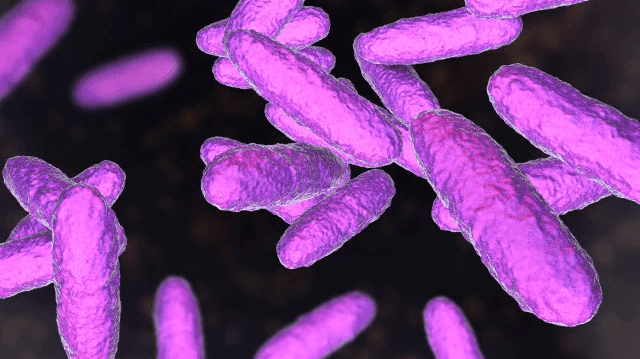What is the Flesh Eating STD Donovanosis?
Flesh eating STD Donovanosis is a sexually transmitted infection (STI). Sometimes individuals call it the "flesh-eating STD" because of its signs, but it does not actually consume your flesh. Instead, it causes ulcer-like sores.
Flesh eating STD Donovanosis, also called granuloma inguinale, is fairly unusual. However, you can prevent it, as well as its possibly serious and worrying problems, with STI very early therapy and avoidance.Using obstacle techniques such as prophylactics can help
prevent STIs, consisting of donovanosis. Being familiar with any uncommon signs
if you are sexually energetic and looking for treatment when you do can also
prevent any problems.
Here is what you need to know about this particular STI.
What is donovanosis?
Donovanosis is triggered by a germs called Klebsiella
granulomatis. Such as various other kinds of STIs, donovanosis is transmitted
via genital, dental sex, and rectal.
Donovanosis is called the "flesh-eating STD"
because it causes thick, ulcer-like sores that can eventually damage genital
cells.
When left neglected, blemishes and long-term marks may
develop. Sometimes this STI is incorrect for genital cancer cells.
How do individuals
obtain donovanosis?
Donovanosis is primarily transmitted from an individual that
has the infection via genital or rectal intercourse. It may be transmitted through
dental intercourse, too.
In unusual situations, donovanosis is transmitted through nonsexual,
skin-to-skin contact.
Transmission from mom to newborn is also feasible throughout giving birth if the mom has an infection.
Donovanosis occurs more often in subtropical or exotic areas
of the globe. It is not common in the United States. Most U.S. situations occur
consequently of travel to locations where donovanosis is more common.
Once you've been subjected to donovanosis, you might begin
seeing signs within 1 to 4 months.
How to prevent donovanosis
You can help in reducing your risk for having donovanosis —
as well as various other STIs — by using obstacle techniques throughout sex.
Because they help protect you and your partner(s) from direct
exposure to physical liquids that may include the germs, External and interior
prophylactics are preferred precautionary measures.
Dental contraceptives such as birth control tablets or IUDs
do not prevent STIs. Just obstacle techniques such as prophylactics can prevent
STIs.
The just way to totally prevent donovanosis or other STI is
by abstaining. However, you can greatly decrease your risk by using an obstacle
technique:
·
every
time you make love with a brand-new companion
·
when
you do not know your partner's STI condition
If you receive a medical diagnosis of donovanosis, avoid sex
until your doctor determines the infection has fully cleaned up.
What prevail risk factors for having donovanosis?
While anybody who's sexually energetic is in danger for STIs,
individuals in between the ages of 20 and 40 go to a greater risk for having
donovanosis.
This particular STI is also more prominent in the following
nations and areas:
·
Brazil
·
the
Caribbean
·
Southeast
India
·
Southern
Africa
·
Papua
New Guinea
If you've had sex with someone that developed donovanosis within 60 daysTrusted Resource, contact your doctor for further instructions. They may suggest therapy also if you are not showing signs of the STI.
What are the signs?
Signs from donovanosis may consist of the following:
·
extensive
abscess about the genital location and anus
·
protruding
red bumps that may expand in dimension
·
pain-free
red bumps that hemorrhage and expand back
·
damaged
skin
·
loss
of genital cells color
When to Seek Medical Care
Donovanosis needs immediate clinical focus on help prevent
long-lasting problems. Your doctor will identify your problem based upon a
physical exam and biopsy from among the sores. See your doctor right away if
you experience:
·
any
abscess in your genital or rectal location
·
red
bumps that may or may not be unpleasant
·
bumps
on your genitals that hemorrhage and expand in dimension
If you receive a donovanosis medical diagnosis, it is
important to get to bent on your partner(s) so they can obtain evaluated, too.
This can also help prevent the STI from spreading out any further.
The Centers for Disease Control and Prevention (CDC)Trusted
Source also suggests HIV testing for all donovanosis situations. This is
because having actually genital sores for any factor may increase the risk of
HIV transmission.
This article is about flesh eating std donovanosis. Hope this
information can help you in the future.
